If you missed their announcements earlier in the year, the Film Photography Project (“FPP”) has brought out two new low ISO films in 2022. The two 24-exposure 35mm films are Blue Ultra, a blue/violet-hued ISO 3 color film, and Yeti, an ultra-fine ISO 6 orthochromatic black and white film. Blue Ultra is also available in 16mm format!
The films are available now from the FPP’s online store which is based in the US and serving customers nationwide. They do ship internationally to some regions, but the biggest UK and EU area stockist is Analogue Wonderland.
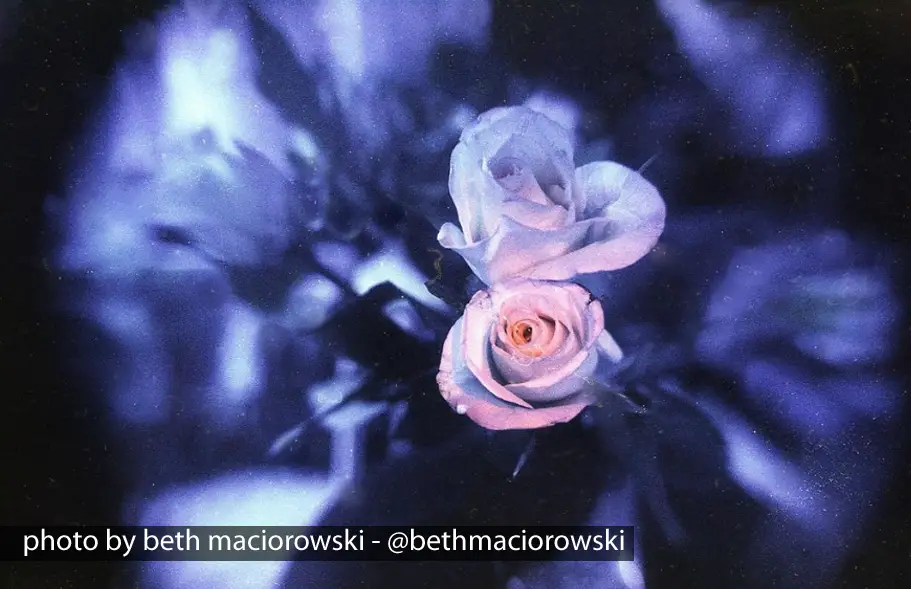
Cool Blue Hues
The Blue Ultra ISO 3 film looks like how the name sounds. The sample images from FPP reflect a light blue or purple hue across the frames. Depending on the subject, filters used, and level of light available, the colors may vary. This is neither a daylight or tungsten balanced film, but it is recommended to shoot in daylight. If you listen to the podcast episode where FPP discussed the film, they said that reds will pop compared to the other colors, which is exciting for all red color enthusiasts.
Initially used for contact printing in motion picture post-production labs, FPP has brought this special product to still photographers. The cool color film can be processed in C41 chemistry and does not contain a remjet layer. There is however an anti-static layer to protect from the ‘electrostatic attraction of dirt particles’ (source: FPP).
The 16mm format comes as a single perforated daylight spool of 100ft of ISO 3 magic. It is processed in ECP-2D.
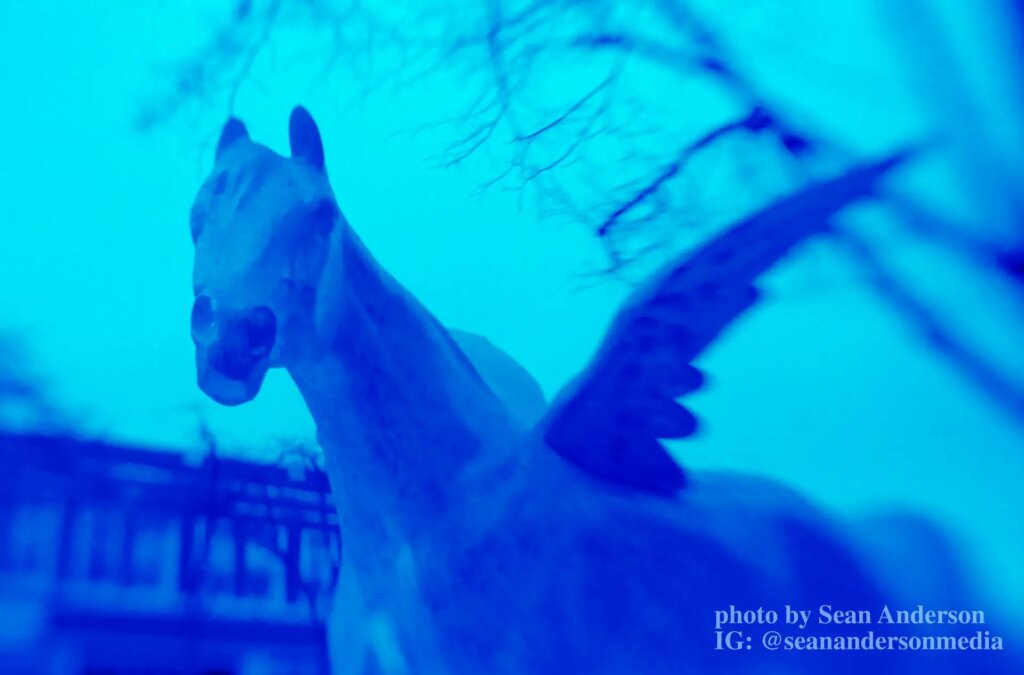
Snow Monsters in Summer
Yeti is an extremely fine grain ISO 6 black and white film. FPP says it is an orthochromatic blue-sensitive estar-based film perfect for daylight and flash. Orthochromatic films are not sensitive to red light which means that reds will show up darker on the film.
FPP recommends avoiding yellow filters and indoor/tungsten light. They also suggest loading in dim light and storing inside a bag. This is because the film is subject to “light piping” which is similar to a light leak in that it is unwanted light exposure on the film’s edge.
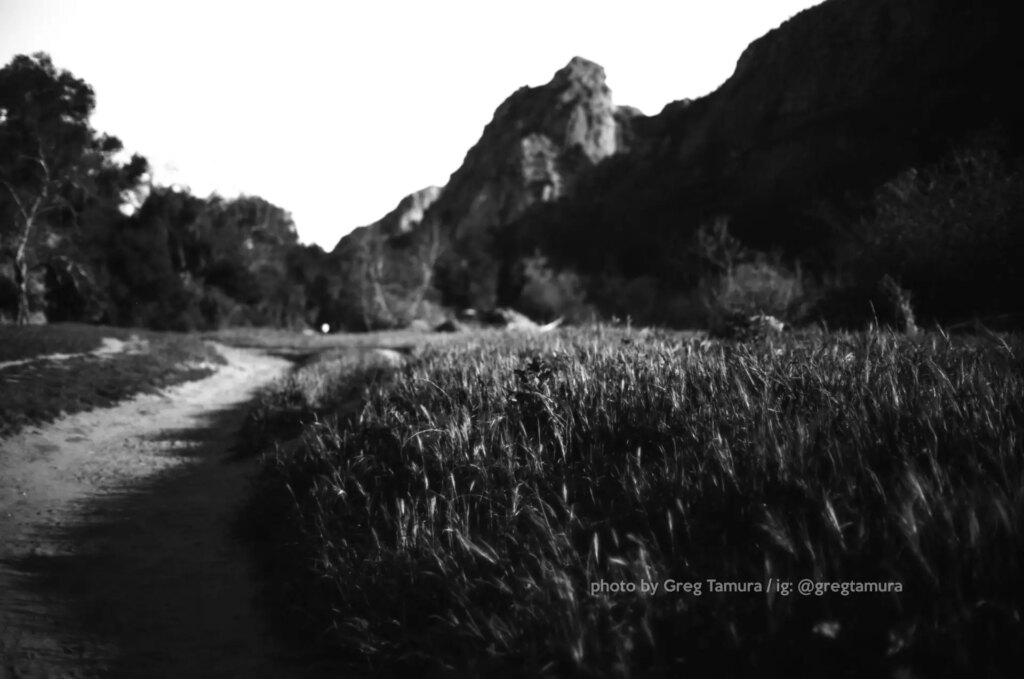
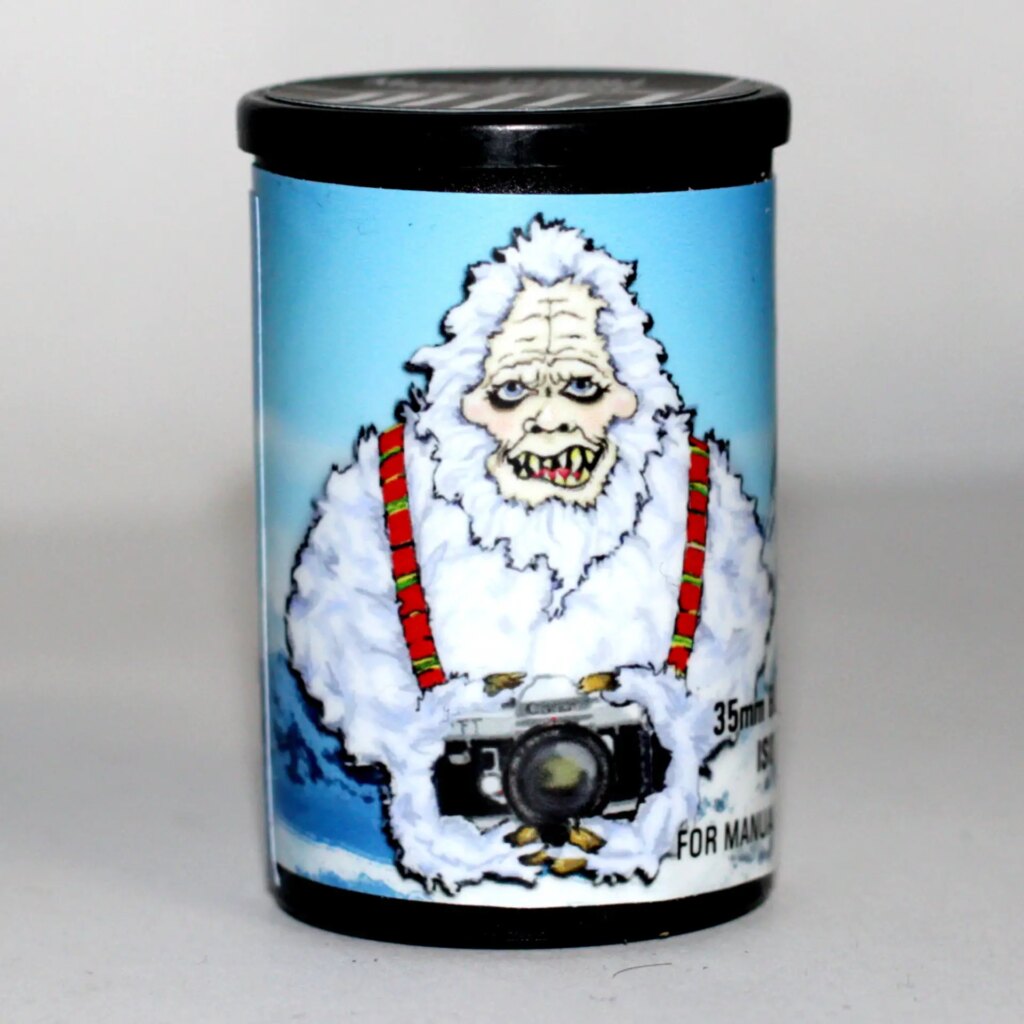
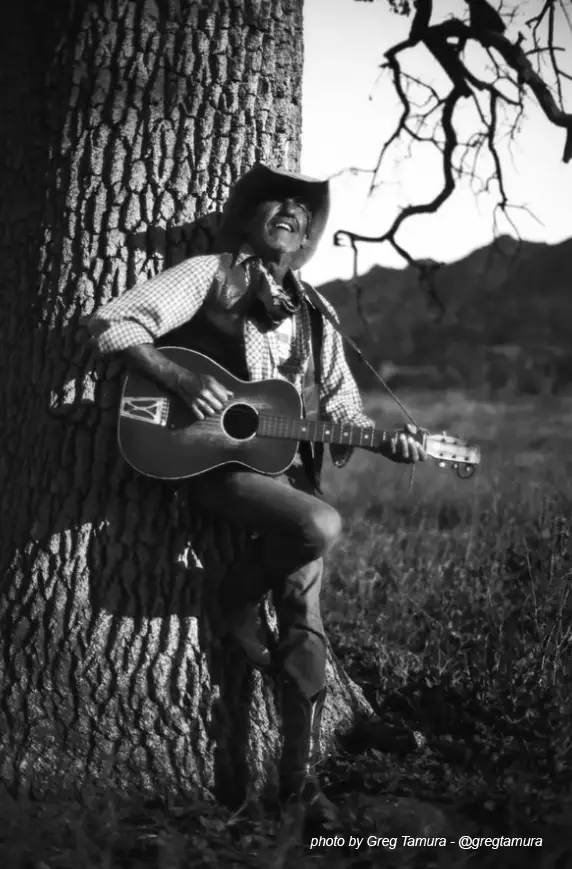
A Peek into the Process
Curious as to the process of bringing the films to market, I asked FPP if they could share a little bit behind the scenes. Michael Raso from the FPP said, ‘My background is in cinematography and in 2019 the FPP started manufacturing movie film for defunct formats – Double 8 (a.k.a. Regular 8mm) and Double Perf 16mm. Preparing a film for release takes a few years. My colleagues and I are always in the process of testing and special ordering film to our specifications – some of the films are scientific that were not intended to be used to shoot pictorial. Once tested, we usually release the film in all formats – motion picture and still photography. For example, our annual “monster films” are our cine films formatted for still photography.’
The Film Photography project is on a mission to “inspire, engage and inform beginning and professional film photographers around the globe.” (source: FPP Website) They host a great podcast, blog, Youtube channel and online store with cool films and tools for film photographers. They also run workshops and even a camera donation program. For more info, head over to their web home here.
Film Photography Project advises not to use the films in point and shoot cameras as the canisters are not DX coded and the ISO is very low. With no DX code to read, point and shoots usually default to a certain ISO, typically 100.
Share, share, share!
Photographers can tag images on social media to share results with the community at large. For Blue Ultra, use #fppblueultra and for Yeti, the hashtag is #fppyeti35mm.
Images provided by and used with permission of the Film Photography Project.
Share this post:









Comments
No comments found